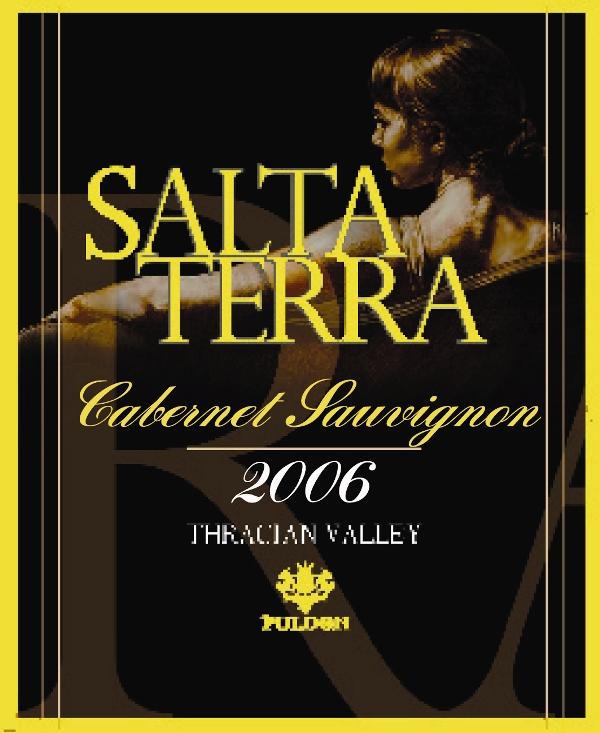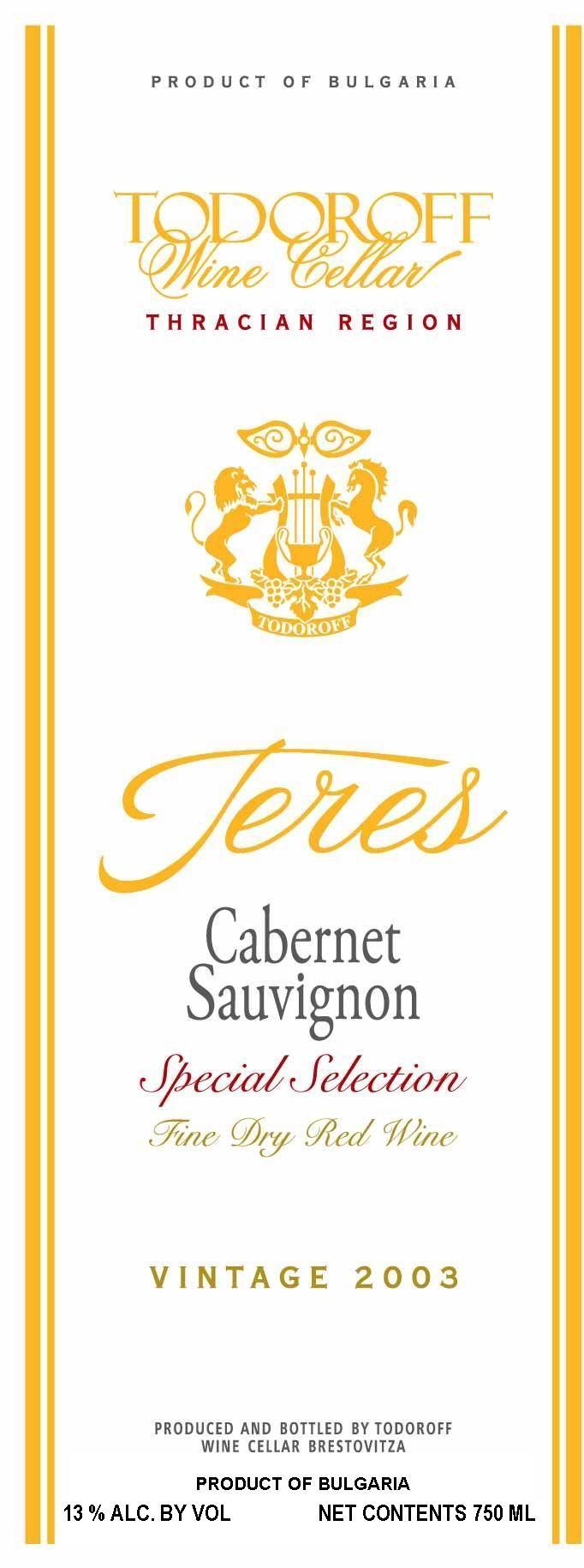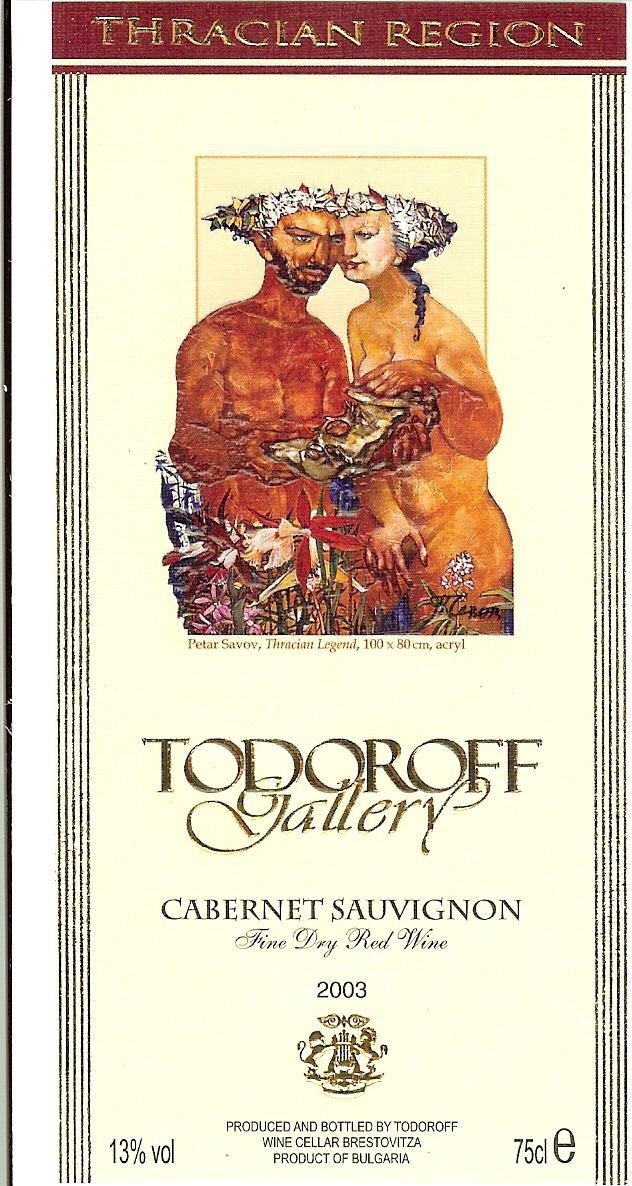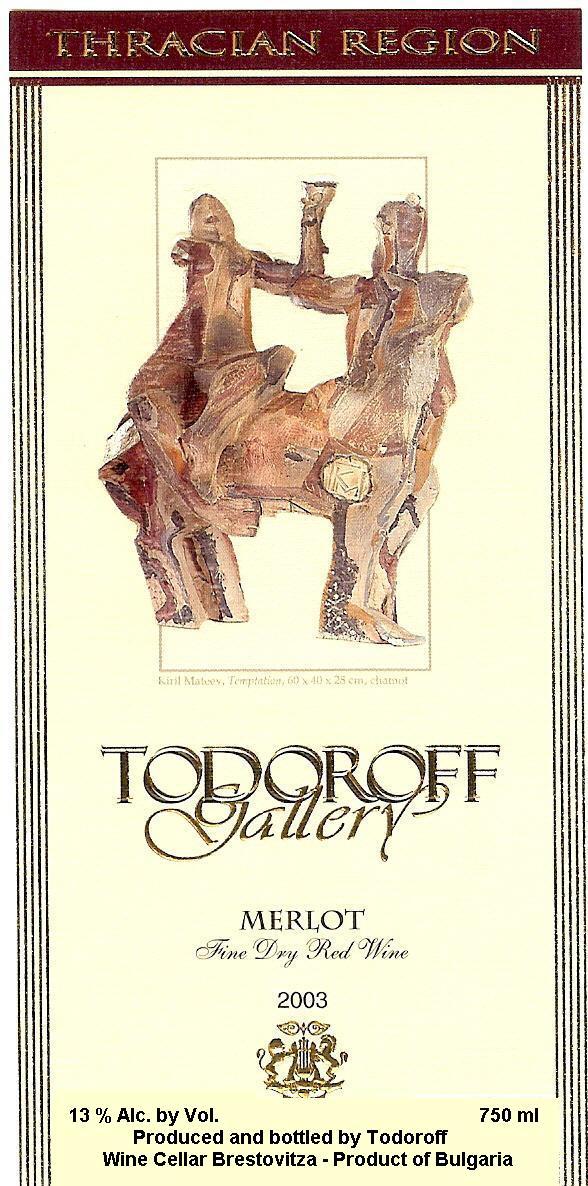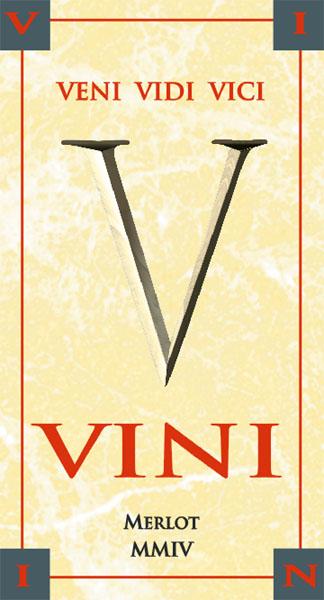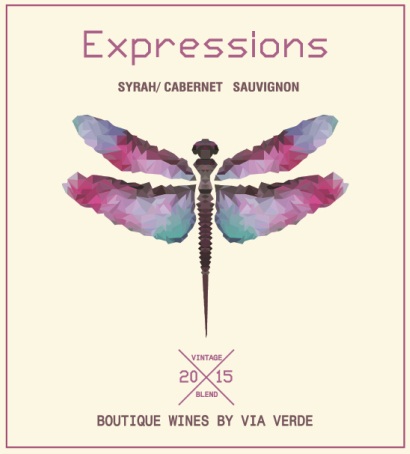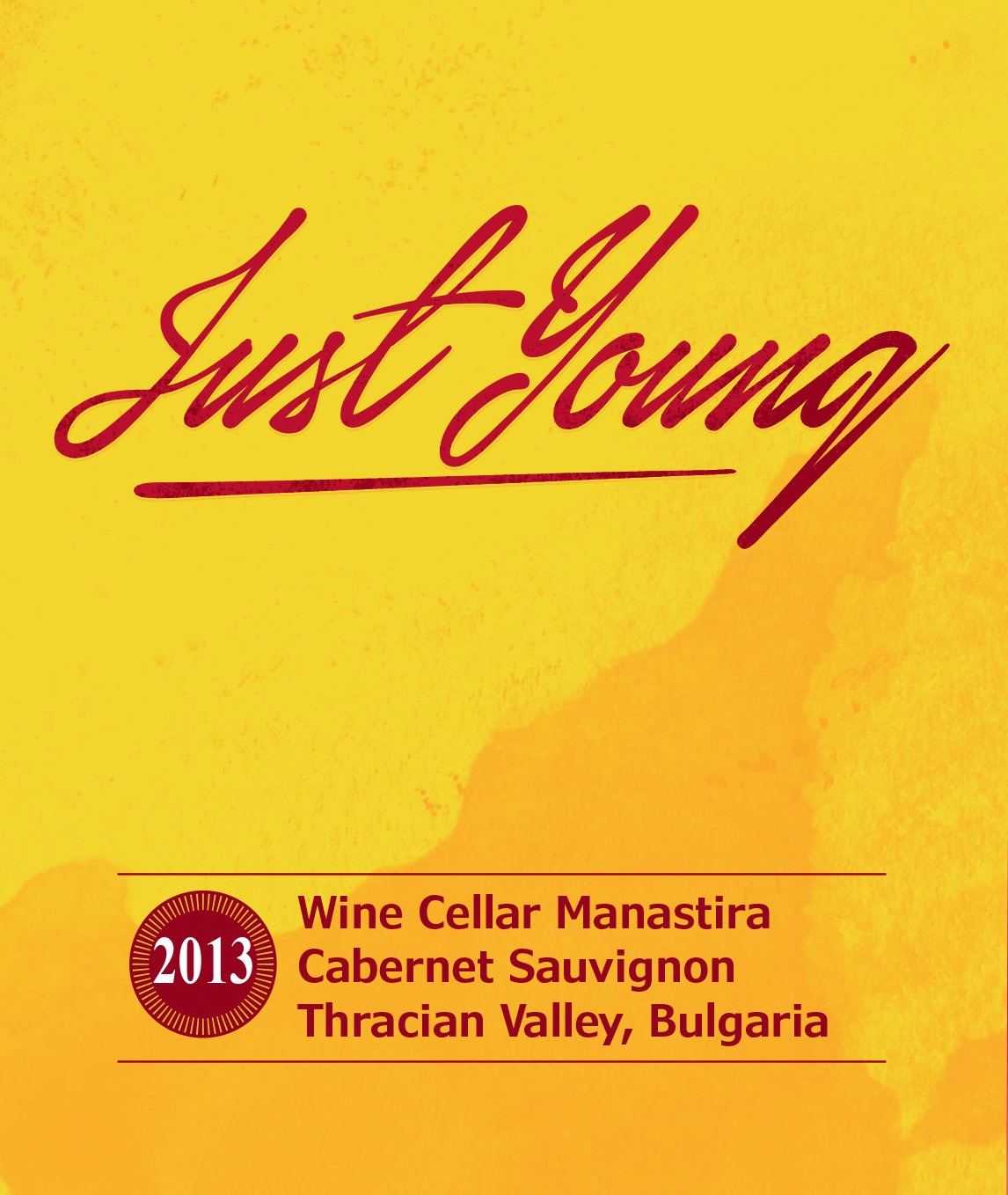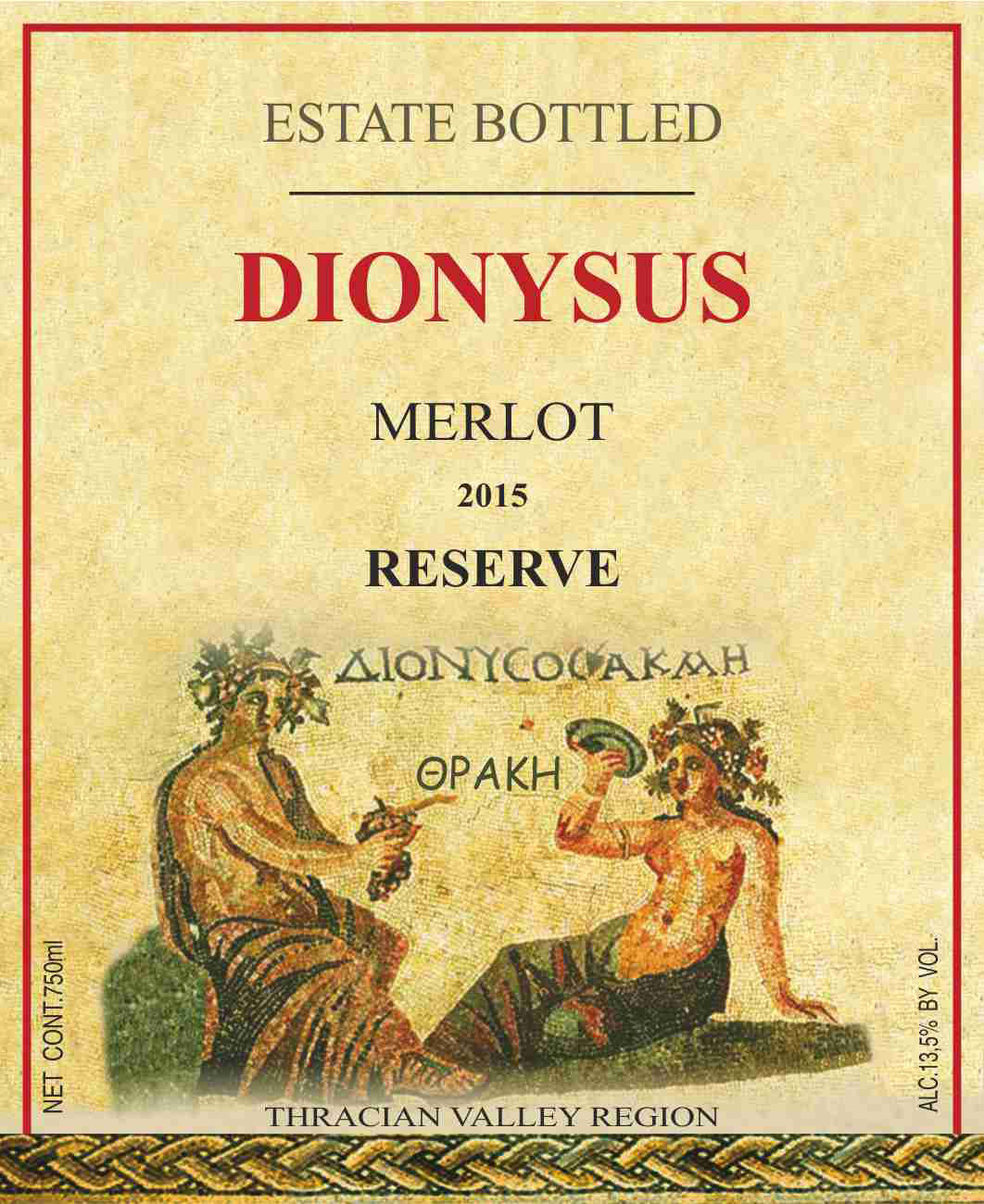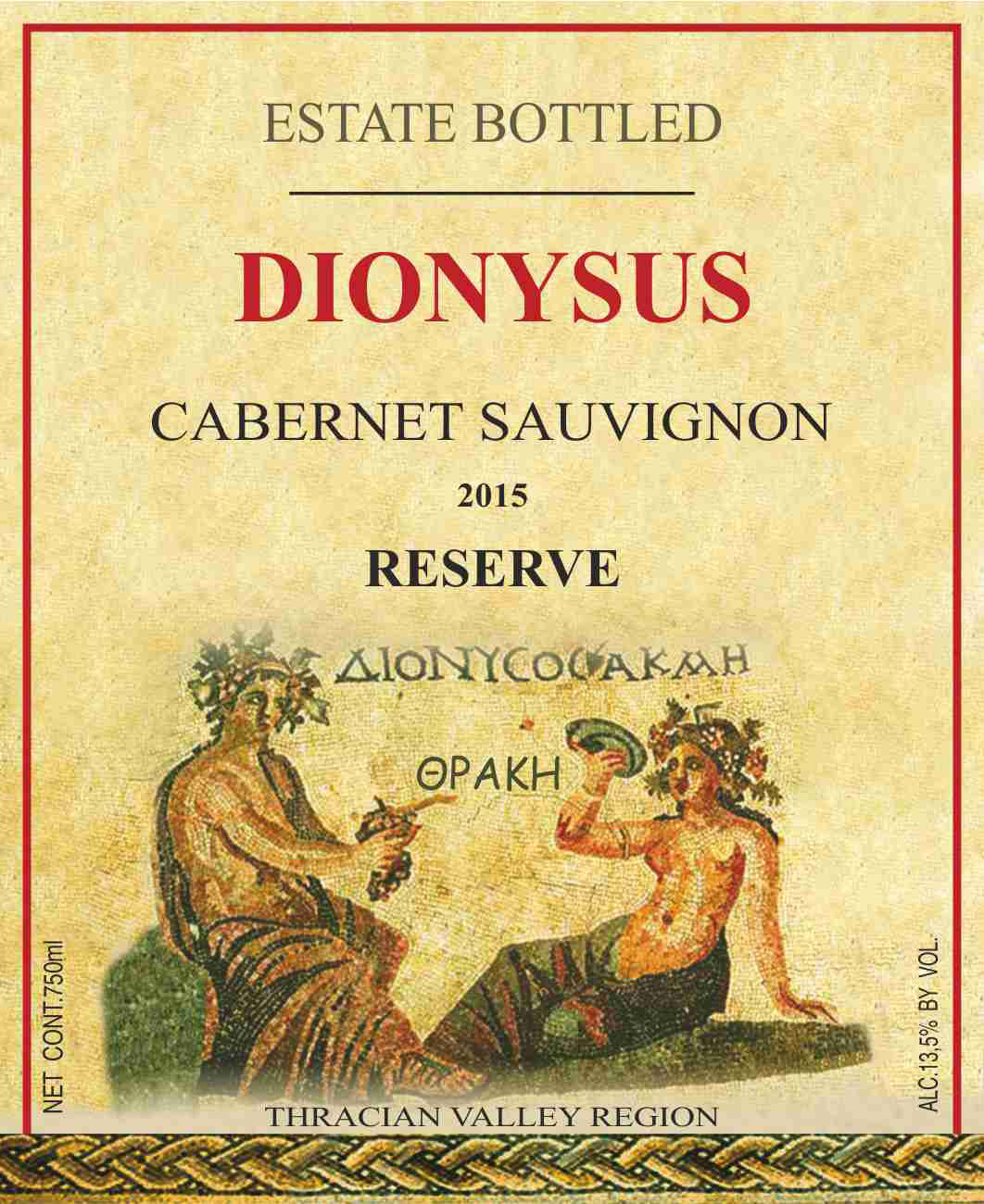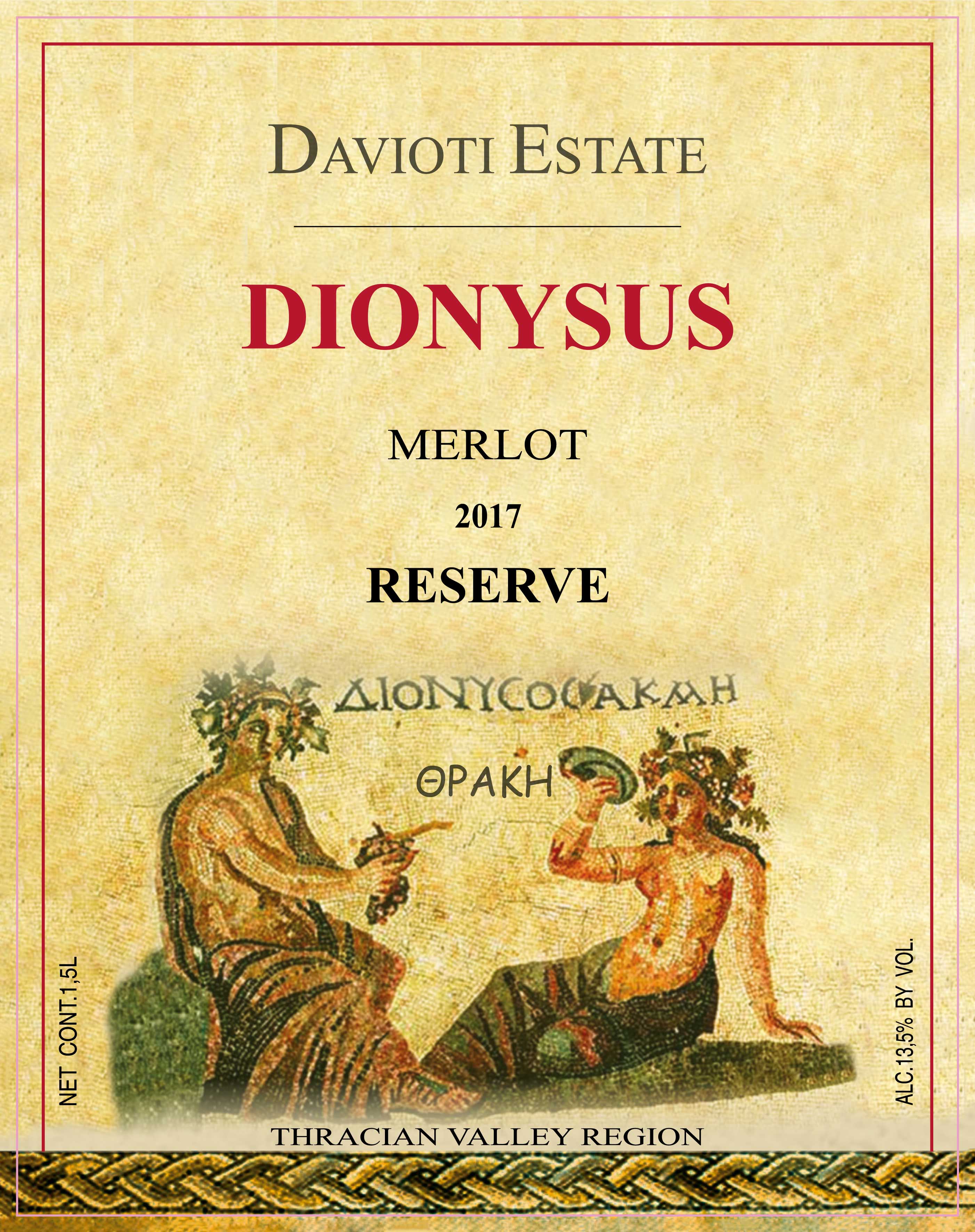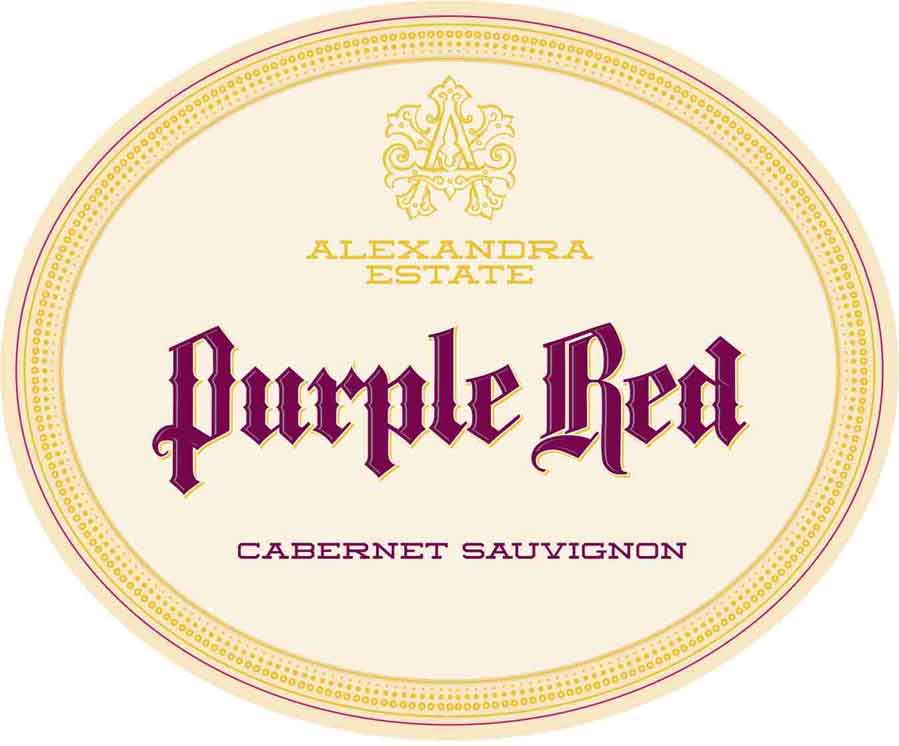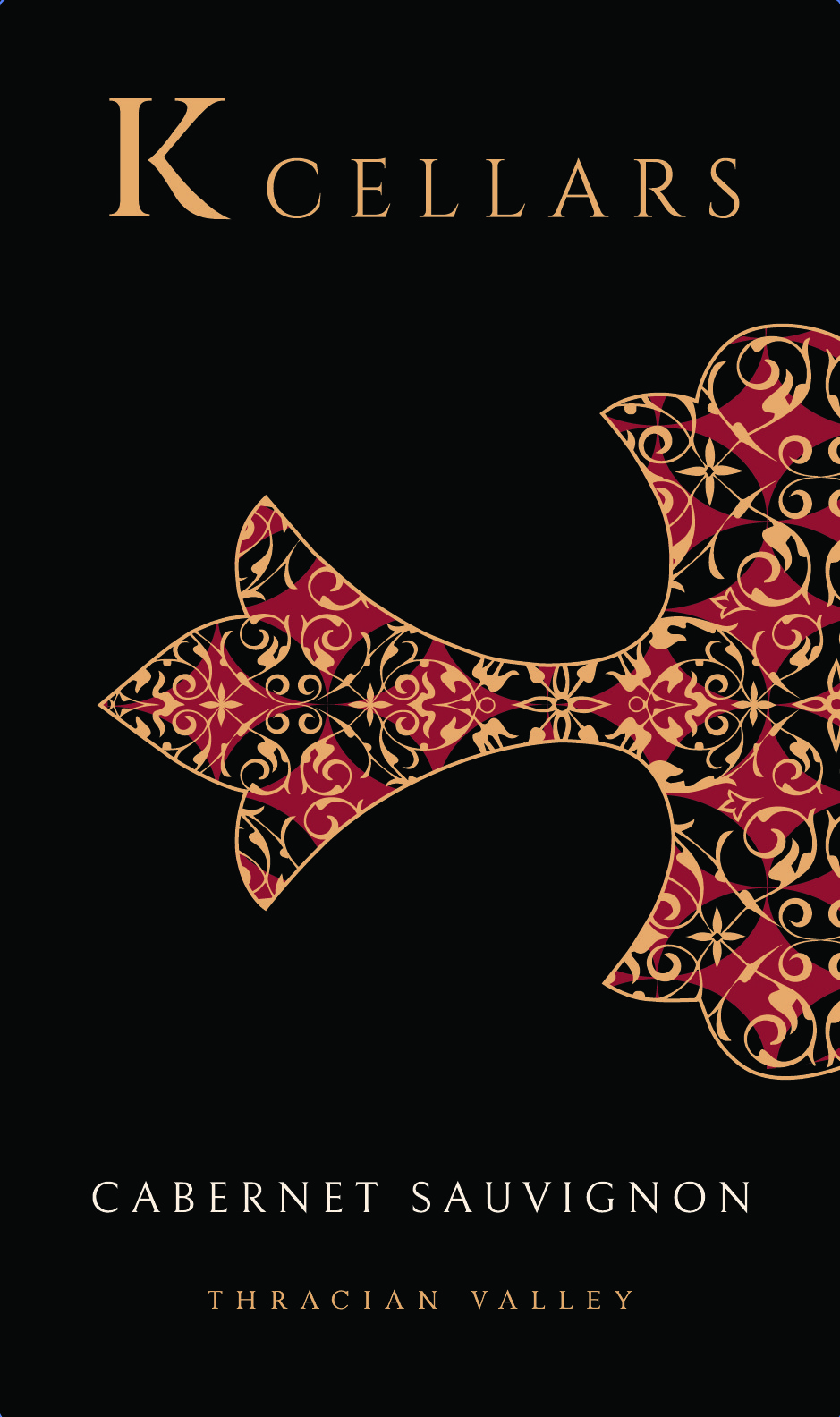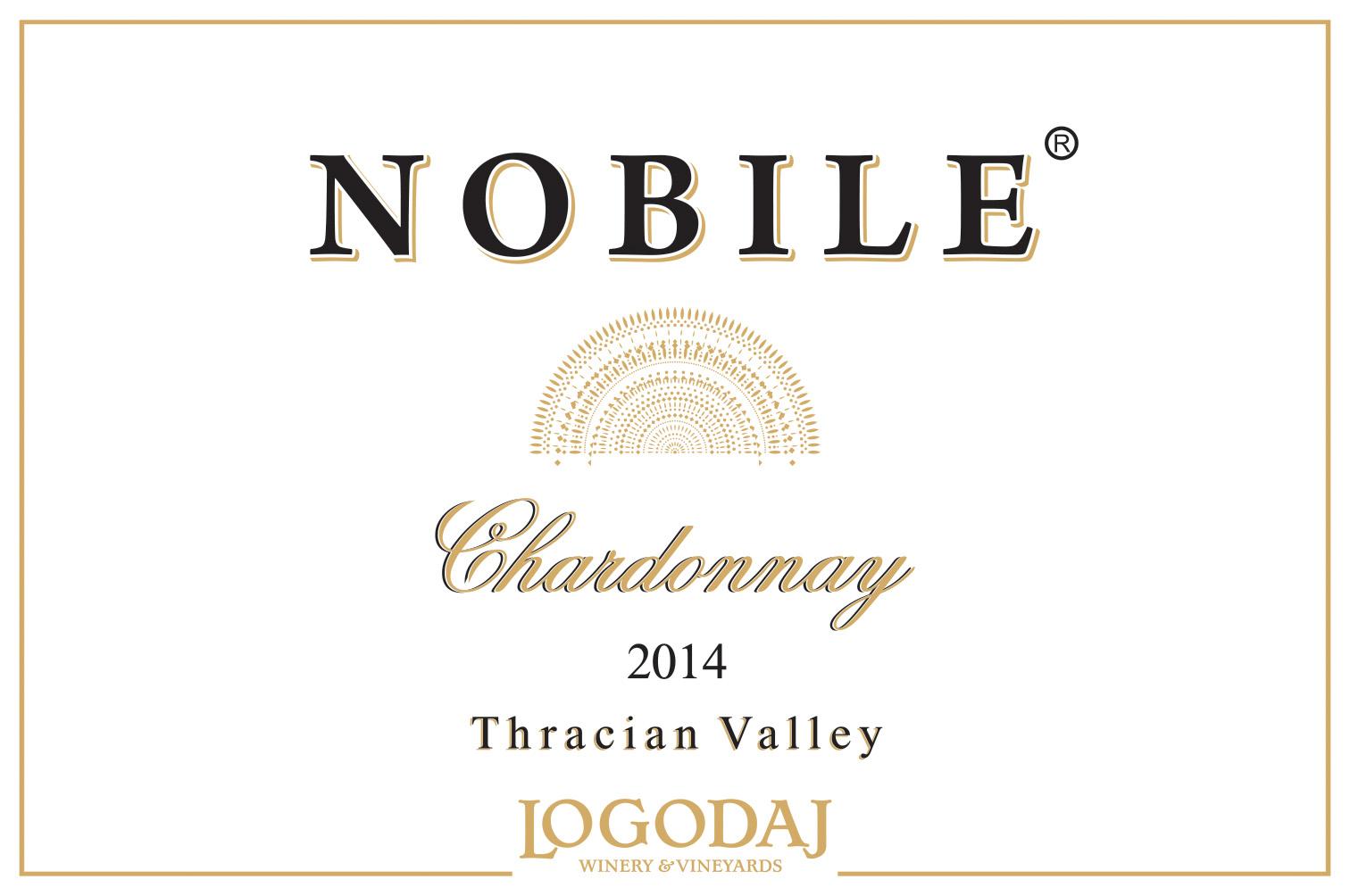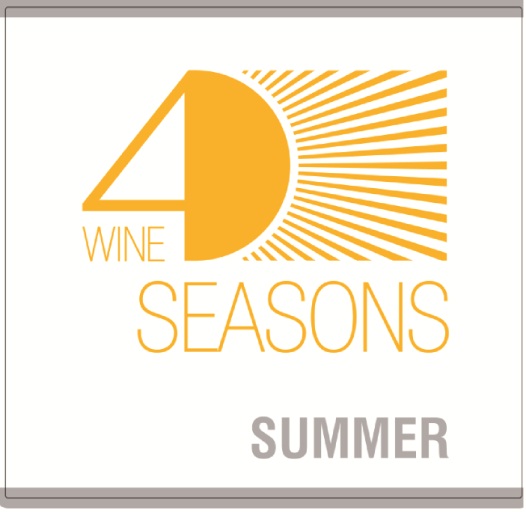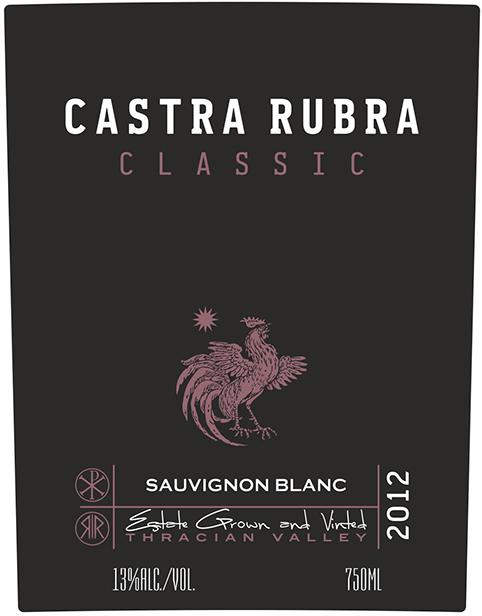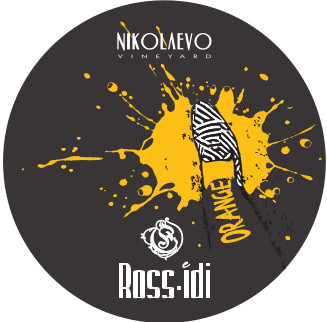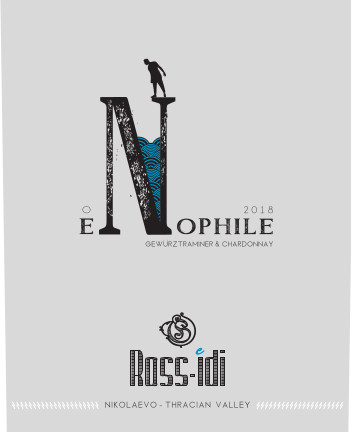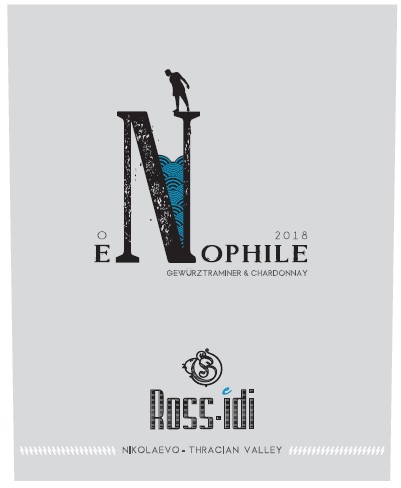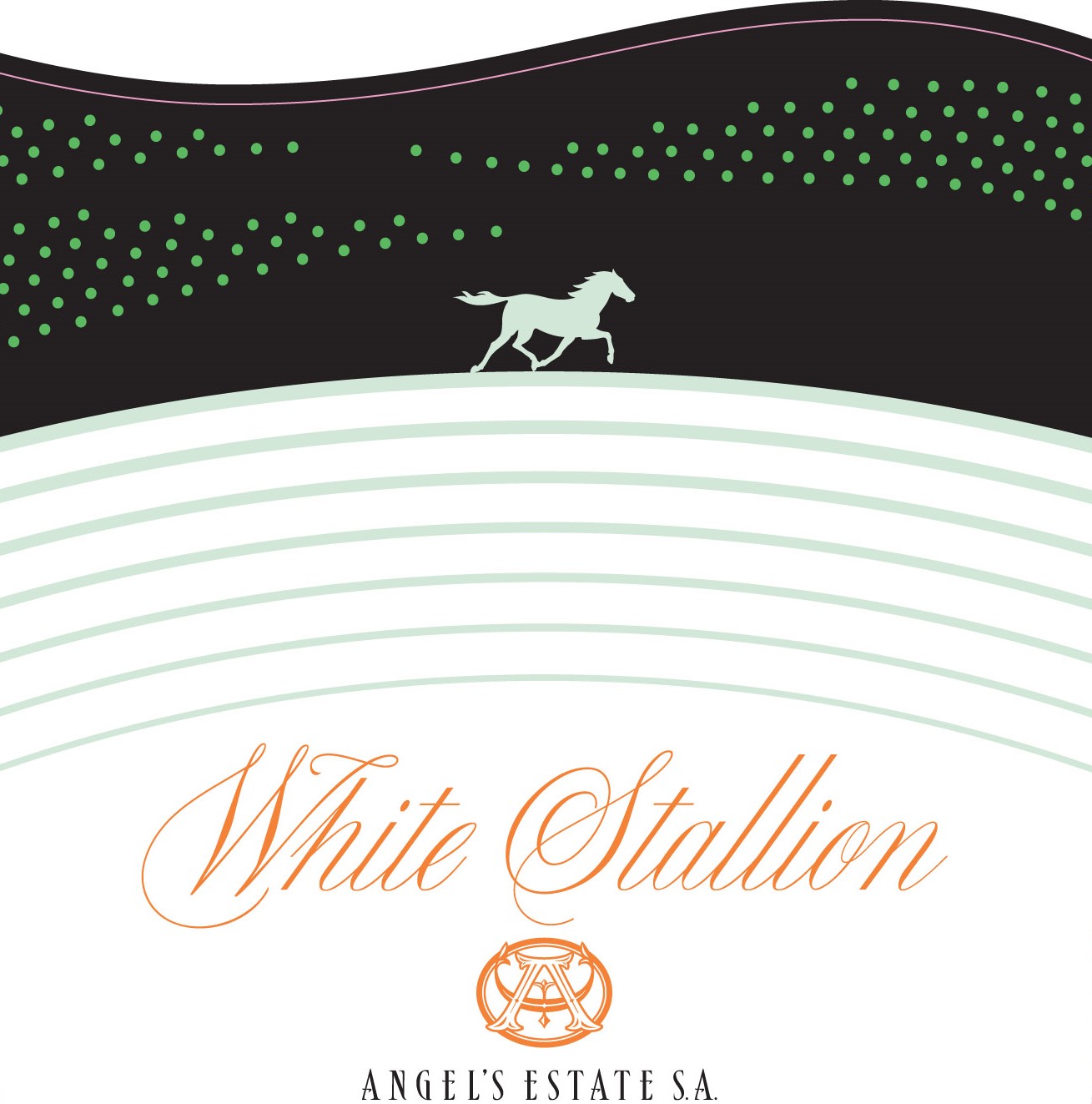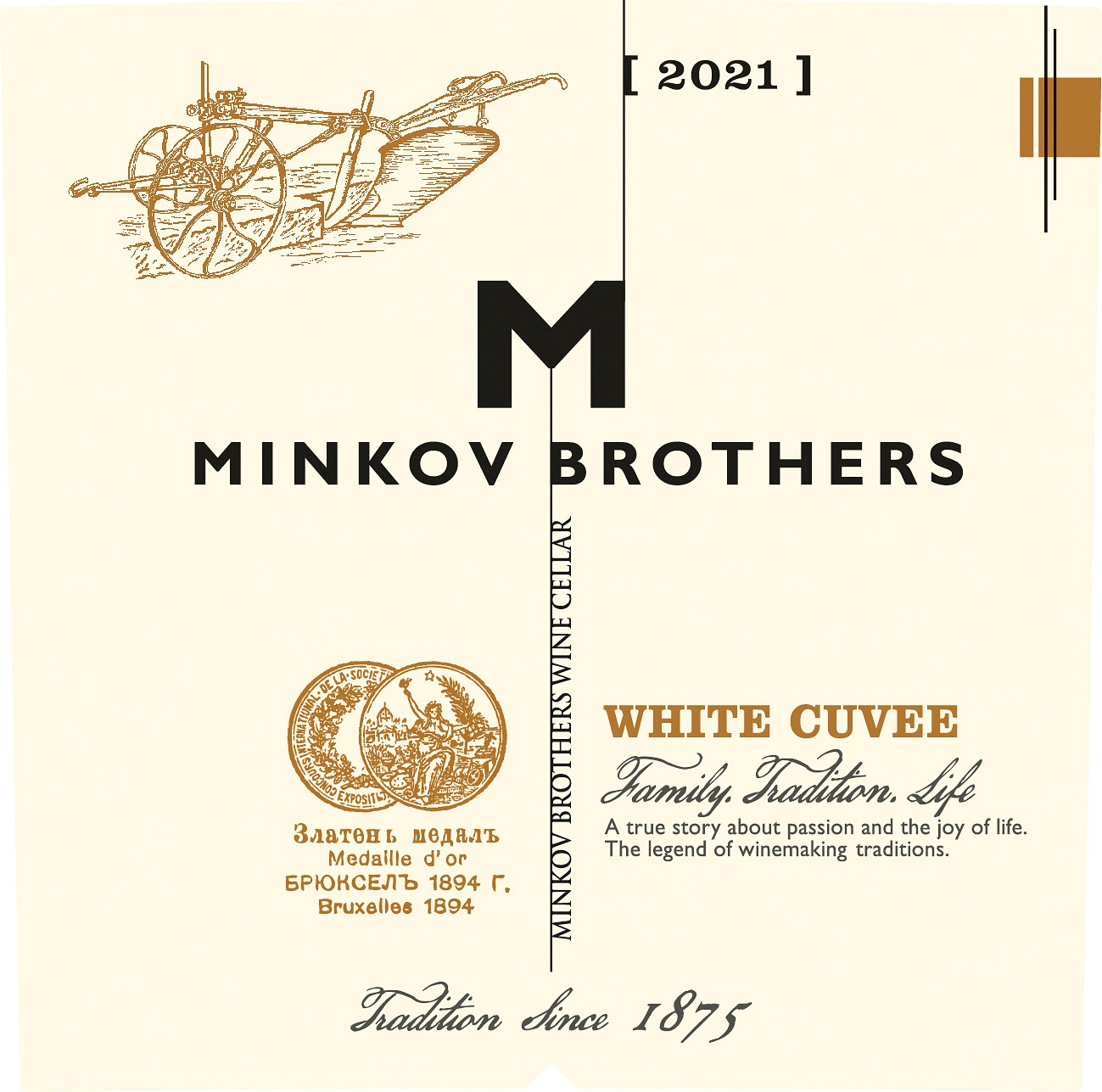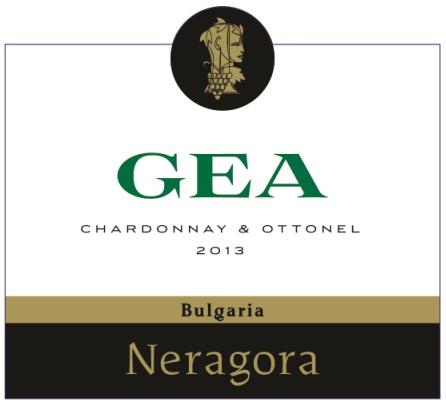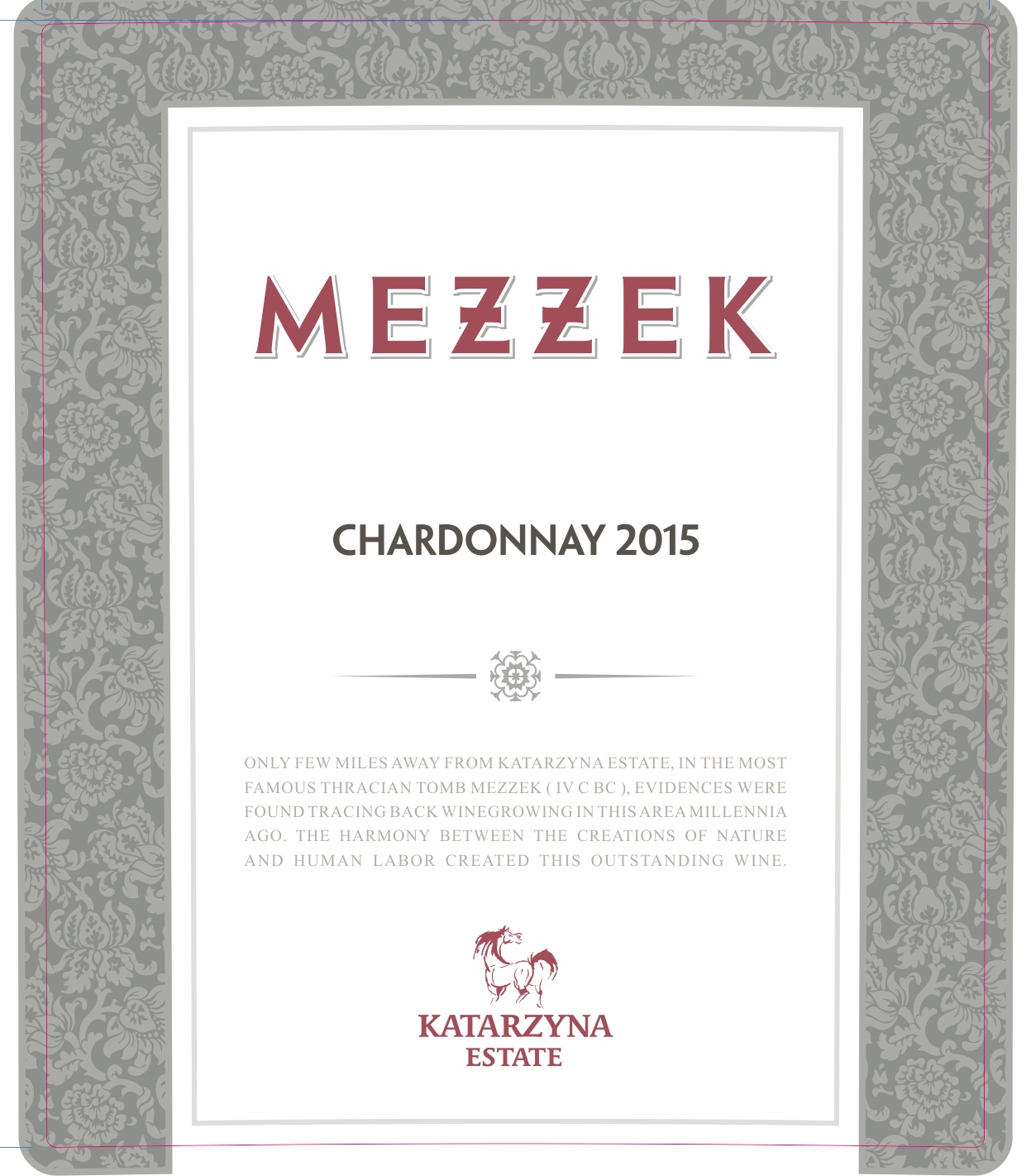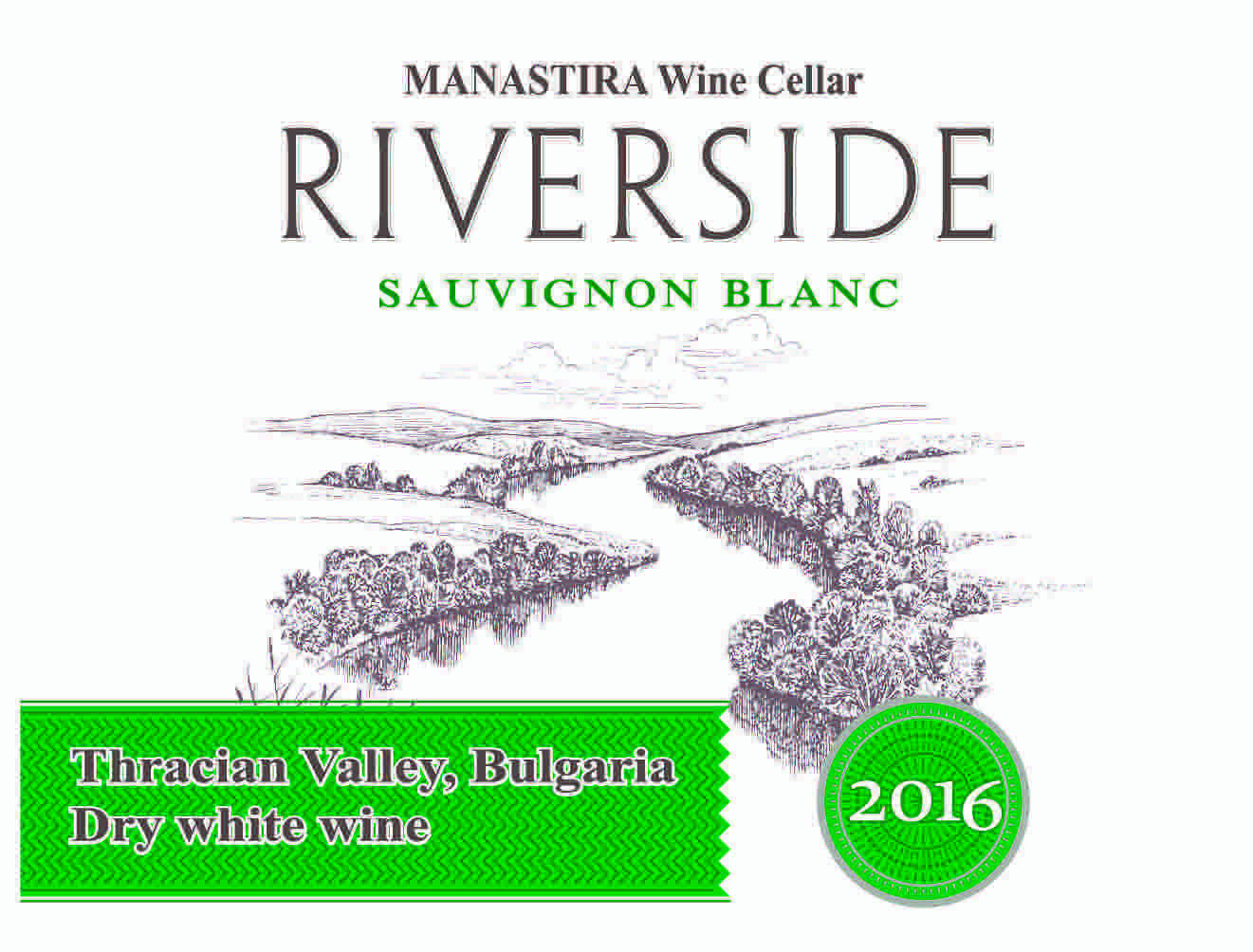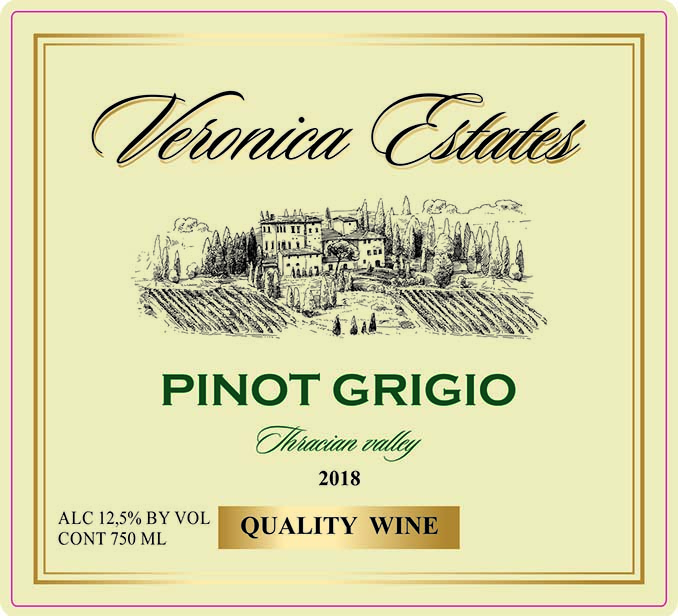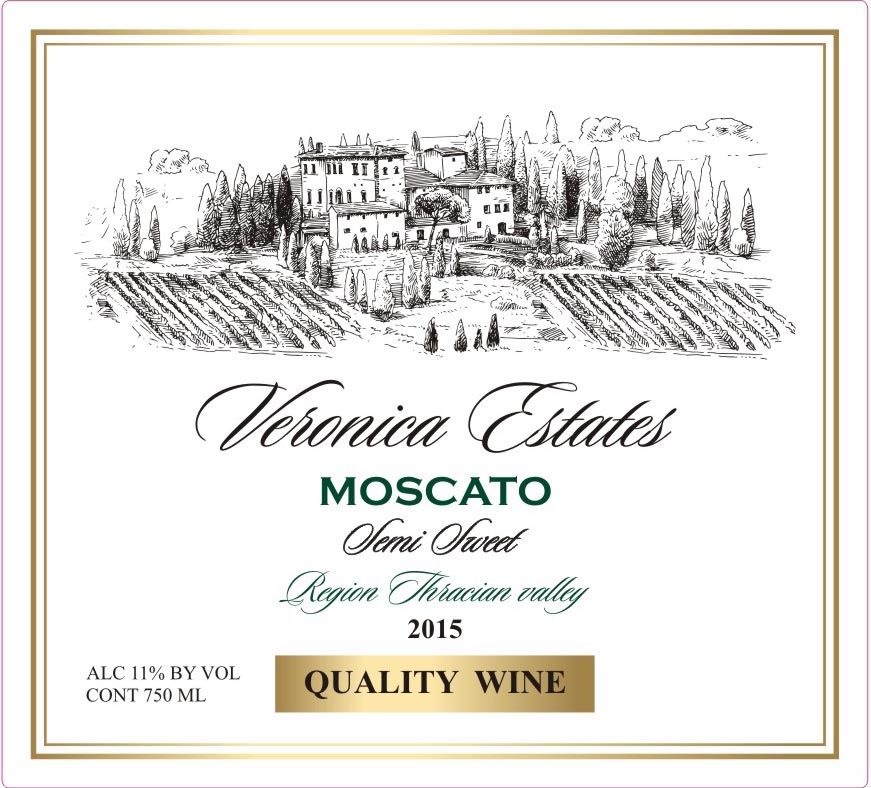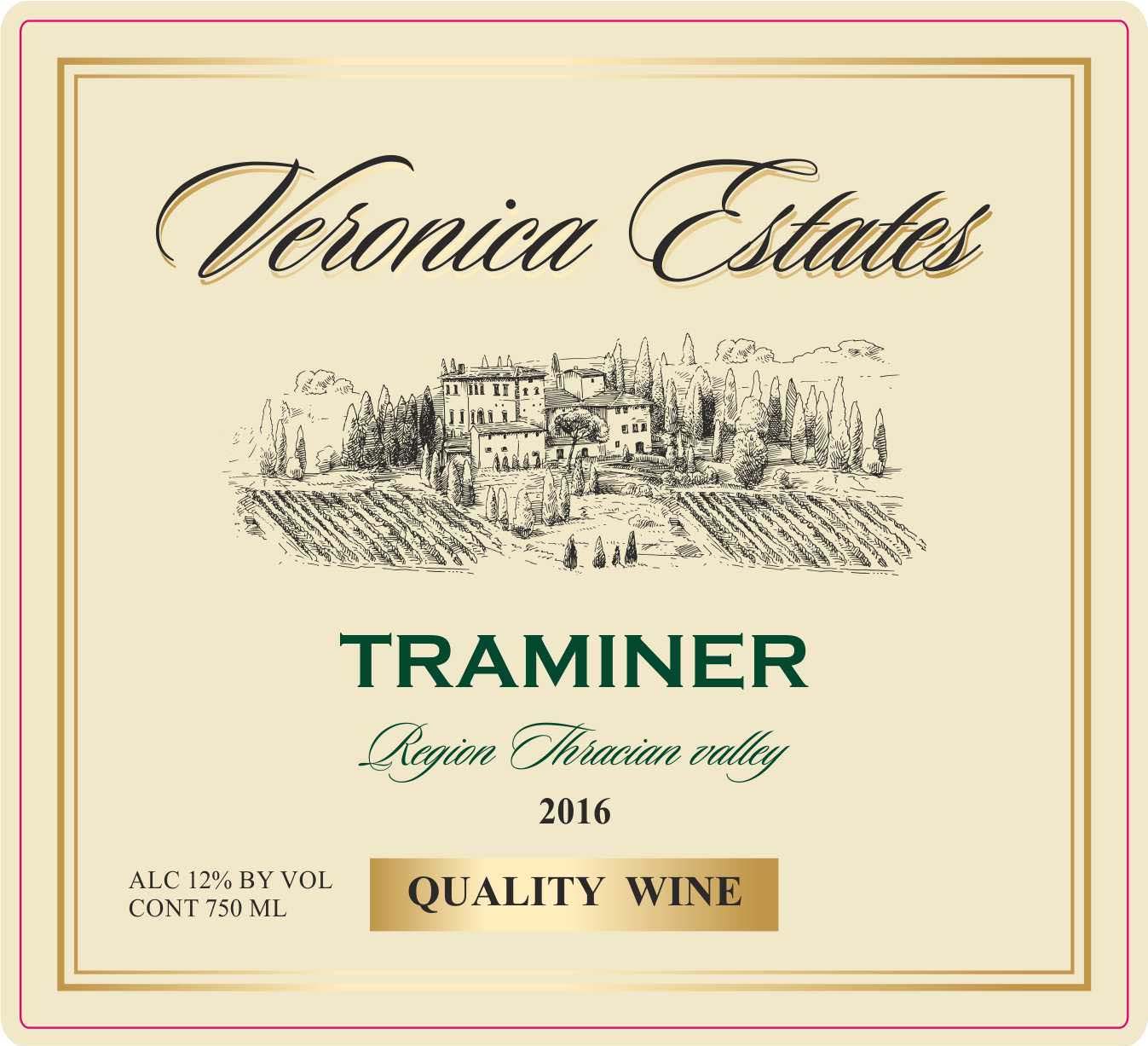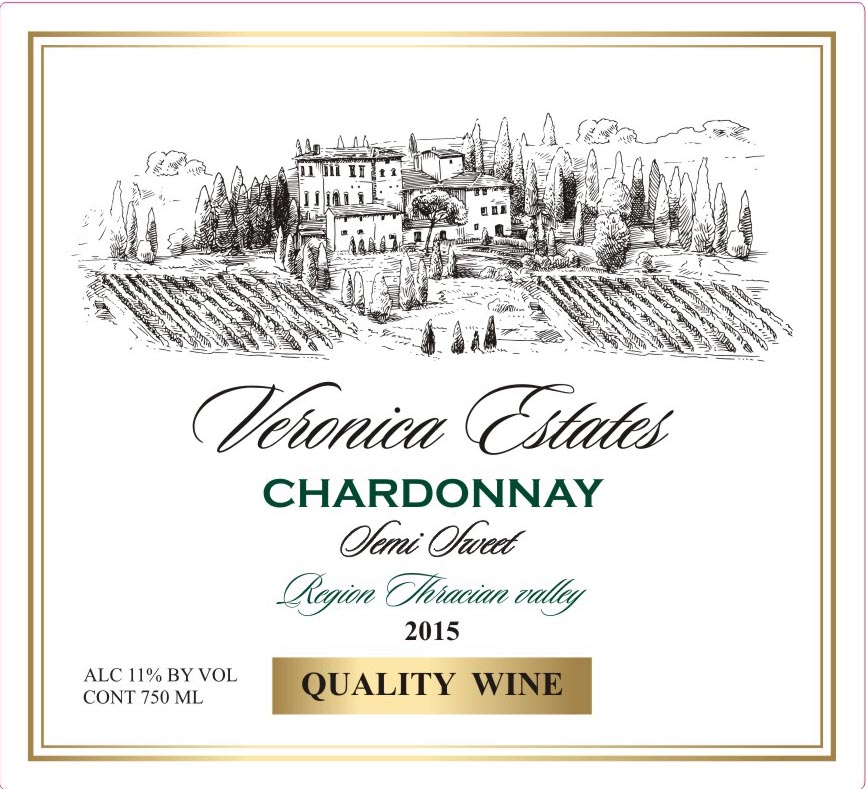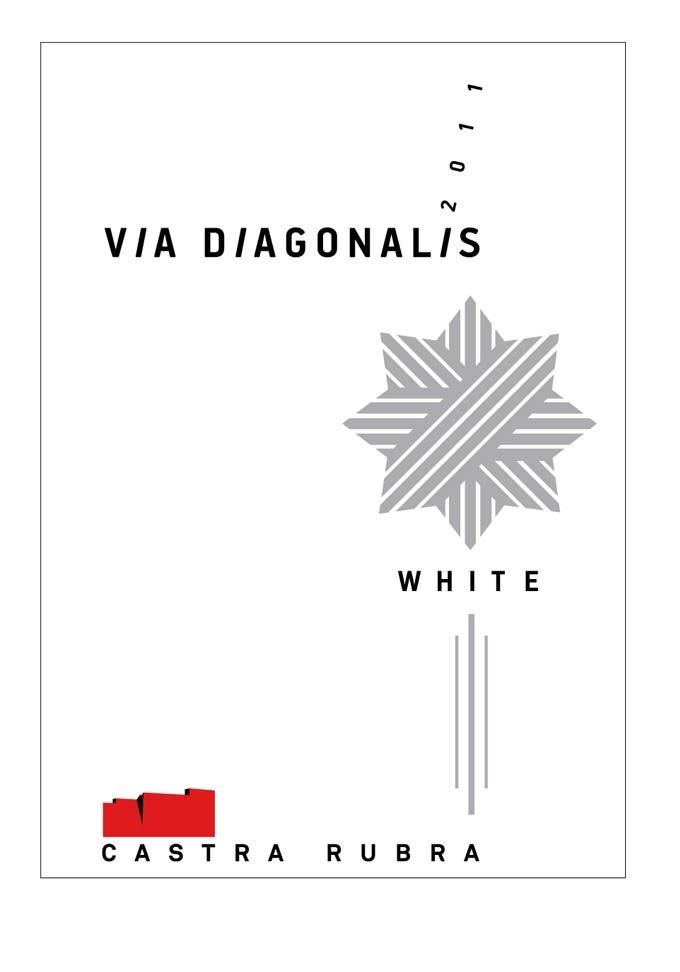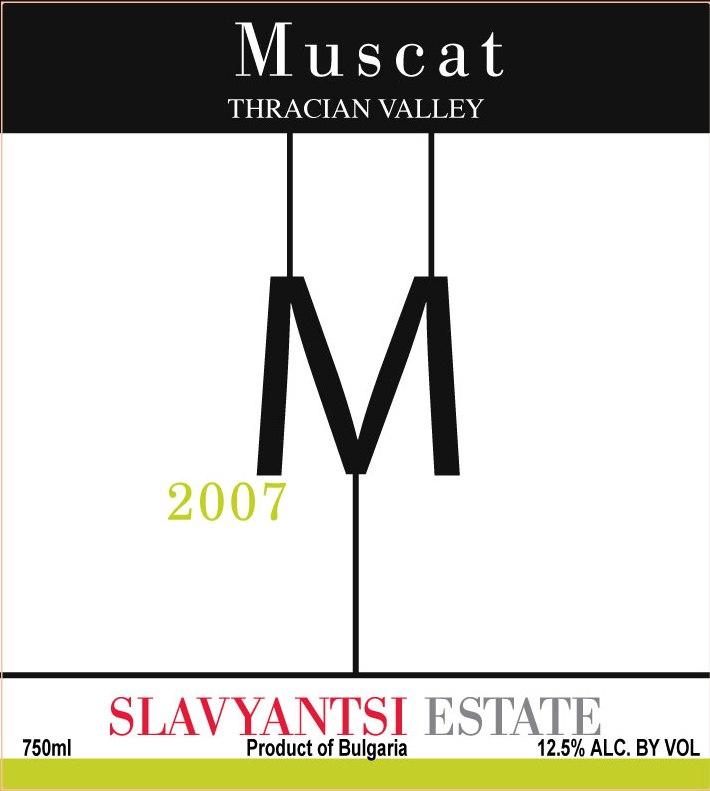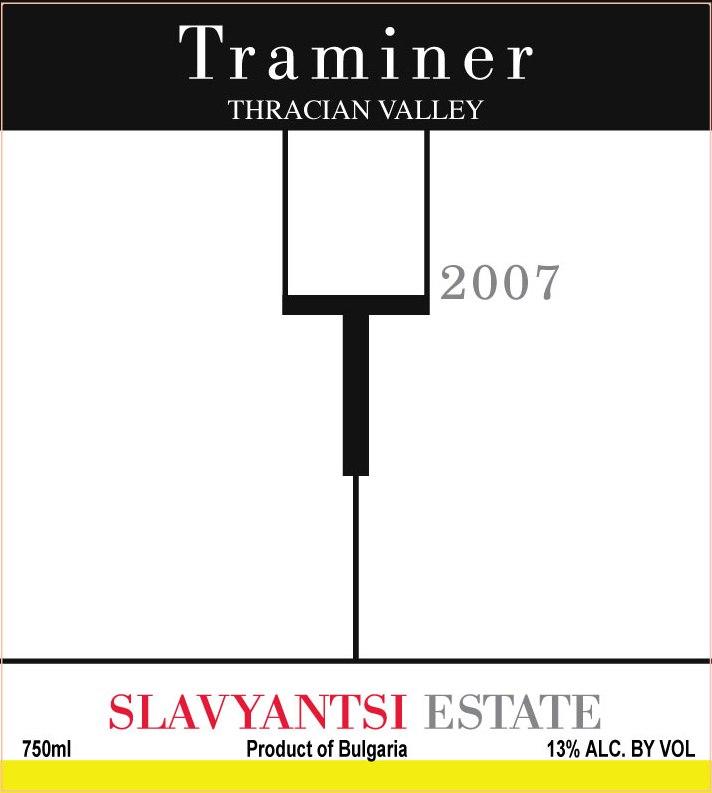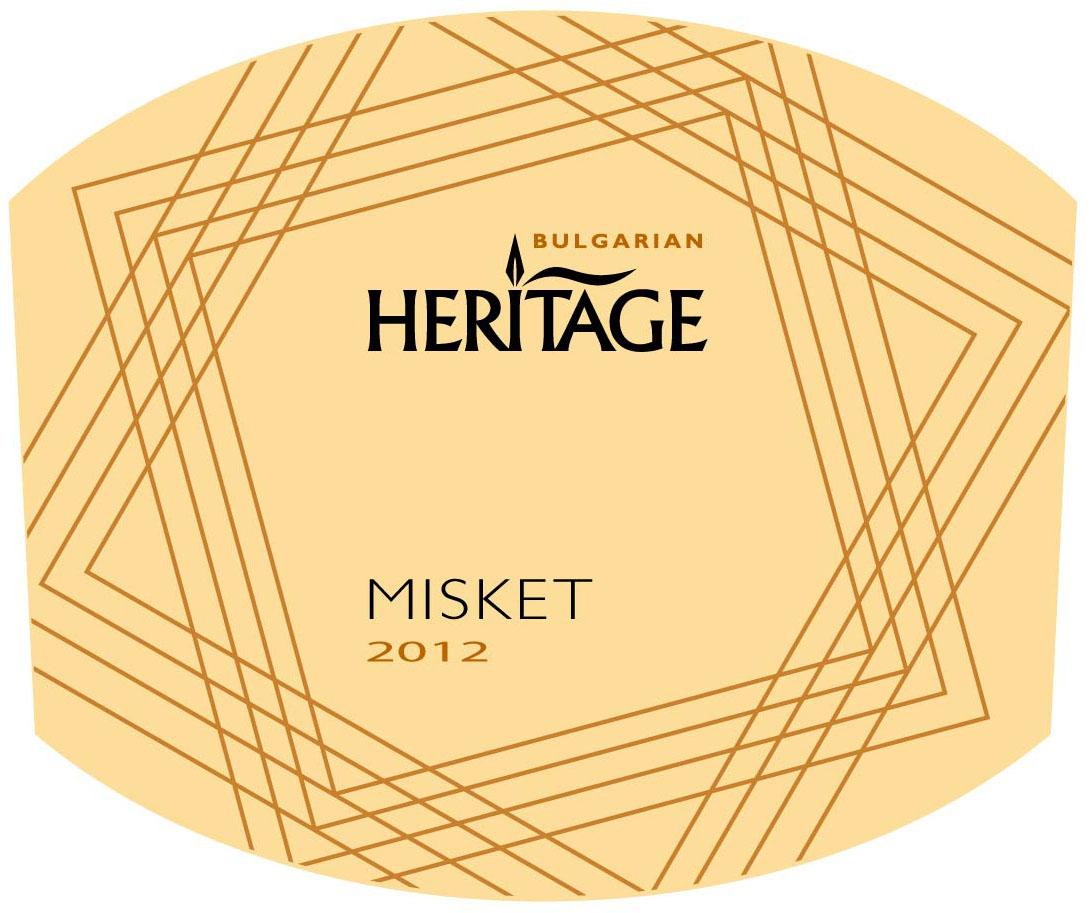Terroir of Thracian Valley
The Thracian Valley enjoys a temperate climate with some Mediterranean influences, providing hot summers and mild winters. The Balkan Mountains protect it from cold northern winds, while warm breezes from the Aegean Sea allow for a long growing season. This is ideal for red grapes like Mavrud, which develop rich flavors and maturity.
The region gets 2,200–2,500 hours of sunshine each year, similar to northern Italy and southern France, which helps grapes ripen well. Rainfall averages 400–600 mm annually, mostly during the growing season, reducing disease risks and improving grape quality. The valley has diverse soils, like fertile Jory and calcareous clay, which add mineral richness to the wines. The varied landscape of plains, hills, and valleys creates unique microclimates, essential for different wine styles and healthy vineyards.
Notable Wineries in Thracian Valley
Bulgaria’s Thracian Valley is a hub of winemaking excellence, where tradition meets innovation. With nearly 70% of the country's wineries, this region is elevating Bulgarian wine globally. Here are some standout wineries:
-
Zagreus Winery: Known for organic Mavrud wines with rich flavors, offering modern tastings and tours.
-
Villa Vinifera: A historic winery since 1936, famous for robust Mavrud and authentic experiences.
-
Villa Yustina: A modern estate excelling in sparkling wines, known for its hospitality and wine tourism.
-
Edoardo Miroglio Wine Cellar: Combines Italian design with Thracian terroir, pioneering in sparkling wines.
-
Bessa Valley Winery: French expertise and limestone-rich soils create highly-rated reds like Enira.
These wineries, along with others like Minkov Brothers and Katarzyna Estate, make the Thracian Valley a captivating wine destination.
Sustainable Winemaking in Thracian Valley
In Bulgaria's Thracian Valley, sustainability is at the heart of winemaking, blending tradition with eco-friendly practices. Many vineyards adopt organic farming, skipping synthetic chemicals for natural solutions, and some explore biodynamic methods, using lunar cycles to boost soil health. Water conservation is crucial, with drip irrigation reducing waste, while recycled water supports vineyard needs. Energy efficiency initiatives, like solar panels and LED lighting, help wineries reduce their carbon footprint.
Waste management includes composting organic waste and recycling materials. Thracian wineries also seek sustainability certifications, promoting eco-conscious growth. These efforts not only protect the environment but enhance wine quality, ensuring that the rich flavors of Mavrud and other varieties truly reflect the region's unique terroir. As global demand for sustainable wines grows, the Thracian Valley stands out, offering wines that are both environmentally responsible and deeply rooted in their historic landscape.
Wine Tourism in Thracian Valley
The Thracian Valley in Bulgaria is a rising star in wine tourism, merging stunning landscapes with rich cultural experiences. Known for its diverse grape varieties like Mavrud and Chardonnay, the region’s wineries offer immersive tastings and tours. Visitors can explore chic tasting rooms and picturesque vineyards, often guided by knowledgeable bilingual hosts. Wine routes, such as the Thracian Lowlands Wine Route, connect boutique wineries, providing seamless travel between them.
The area is steeped in history, with ancient sites like Plovdiv enriching the wine journey. Festivals and workshops celebrate local traditions, while sustainable practices underscore the commitment to quality. With easy access from Sofia and charming accommodations, the Thracian Valley promises an unforgettable experience for wine enthusiasts.




